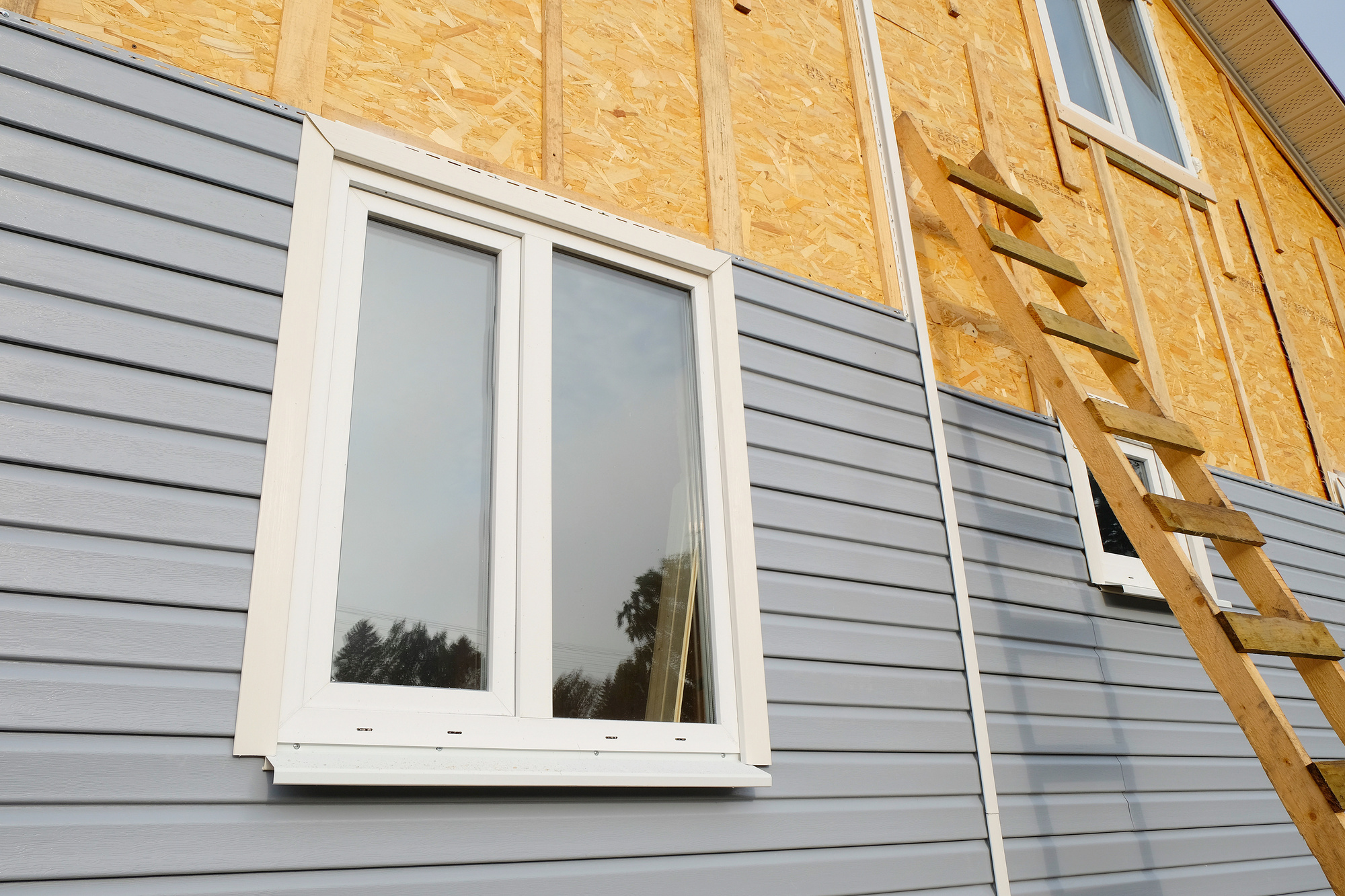Harvard University’s LIRA report indicates that the 2020 home improvement craze is far from over. According to this report, homeowners will spend another $380 billion on home improvements during 2022!
Are you among the Americans who have recently discovered the benefits of ongoing home improvements? If so, replacing your home’s exterior with composite siding is a good option.
Different types of siding offer varying degrees of efficiency and durability. Discover the most common composite siding problems here.
1. Moisture Damage
Most good brands of composite siding resist moisture, but there are some types of siding that aren’t water-resistant.
Wood composite siding has microscopic spaces between the wood fibers, leaving tiny spaces that can absorb water from humidity and rain. Even cement fiber contains small amounts of wood that can create the same issues.
Wet siding is an ideal breeding ground for mold and mildew, which in turn can lead to your siding rotting, and present health hazards. If moisture gets into your siding, the only option is to replace the damaged boards. This is a costly exercise, so make sure you buy the best quality siding from a reputable supplier at the outset.
2. Poor Insulation
Insufficient insulation means your home interiors won’t stay comfortable during extreme hot or cold weather. That means you’ll need to crank up your air conditioner or furnace more than necessary, leading to high energy bills.
Good quality composite sidings usually offer good insulation, but fiber cement siding needs additional insulation. When shopping for home siding, always get expert advice regarding the type of insulation required.
3. Cracking and Splitting
Due to its resin component, continuous exposure to the weather can create cracks in your wood composite siding. The tiniest opening can allow moisture to penetrate your siding and damage nearby panels, too.
Fiber-cement composites lose moisture over time, which can lead to cracking in cold weather.
4. Synthetic Composition
The synthetic materials used to create composite siding can release fine particles into the air during installation. These fibers may irritate some people’s lungs.
These materials aren’t biodegradable either, so you need to take care when disposing of them.
5. Incorrect Installation
The most likely answer to the question, ‘Why is my siding noisy?’ is usually, ‘Poor installation.’
Noise is the least of your worries when it comes to poor installation. Shoddy workmanship causes most of the issues associated with any type of siding.
An untrained contractor may fit your siding too tightly, failing to compensate for expansion and contraction. This may lead to splitting and warping.
Alternatively, if your siding is too loose, it will rattle and may even detach from your house in extreme weather.
Avoid Composite Siding Problems
Despite these composite siding problems, this type of siding has many benefits. These include affordability, easy installation, variety, and reasonable durability.
You can avoid most siding problems with expert installation and a program of regular maintenance to keep it in good shape.
Are you always looking for ways to improve your home’s value and appeal? Browse our blog for more home design inspiration and tips.

